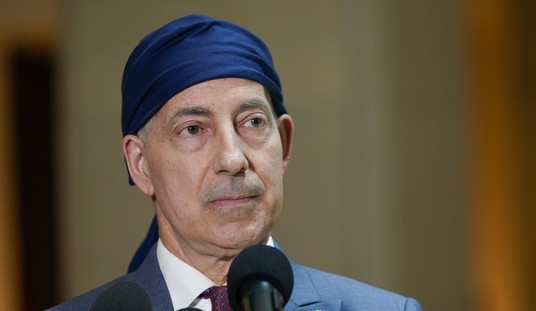It used to be thought that food stamps was a program for single mothers with children and the elderly. No more. With the economy in the 5th year of “recovery,” working-age Americans now make up a majority of recipients.
In a first, working-age people now make up the majority in U.S. households that rely on food stamps — a switch from a few years ago, when children and the elderly were the main recipients.
Some of the change is due to demographics, such as the trend toward having fewer children. But a slow economic recovery with high unemployment, stagnant wages and an increasing gulf between low-wage and high-skill jobs also plays a big role. It suggests that government spending on the $80 billion-a-year food stamp program — twice what it cost five years ago — may not subside significantly anytime soon.
Food stamp participation since 1980 has grown the fastest among workers with some college training, a sign that the safety net has stretched further to cover America’s former middle class, according to an analysis of government data for The Associated Press by economists at the University of Kentucky. Formally called Supplemental Nutrition Assistance, or SNAP, the program now covers 1 in 7 Americans.
The findings coincide with the latest economic data showing workers’ wages and salaries growing at the lowest rate relative to corporate profits in U.S. history.
President Barack Obama’s State of the Union address Tuesday night is expected to focus in part on reducing income inequality, such as by raising the federal minimum wage. Congress, meanwhile, is debating cuts to food stamps, with Republicans including House Majority Leader Eric Cantor, R-Va., wanting a $4 billion-a-year reduction to an anti-poverty program that they say promotes dependency and abuse.
Economists say having a job may no longer be enough for self-sufficiency in today’s economy.
“A low-wage job supplemented with food stamps is becoming more common for the working poor,” said Timothy Smeeding, an economics professor at the University of Wisconsin-Madison who specializes in income inequality. “Many of the U.S. jobs now being created are low- or minimum-wage — part-time or in areas such as retail or fast food — which means food stamp use will stay high for some time, even after unemployment improves.”
Getting rid of Democratic control of Congress and the White House alone is not going to solve this problem. Easing regulations and removing impediments to business creation would also be helpful, but wouldn’t lead to a general restoration of the Middle Class. There needs to be a psychological change — something or somebody to restore our confidence and optimism.
The decline is real but not irreversible. With no faith in our leaders, and little hope that either party can bring us back, whatever American revival occurs will have to come from the bottom up. Your home, your neighborhood, your community — that’s where it has to happen.
We’ve done it before. No reason not to believe we can do it again.









Join the conversation as a VIP Member